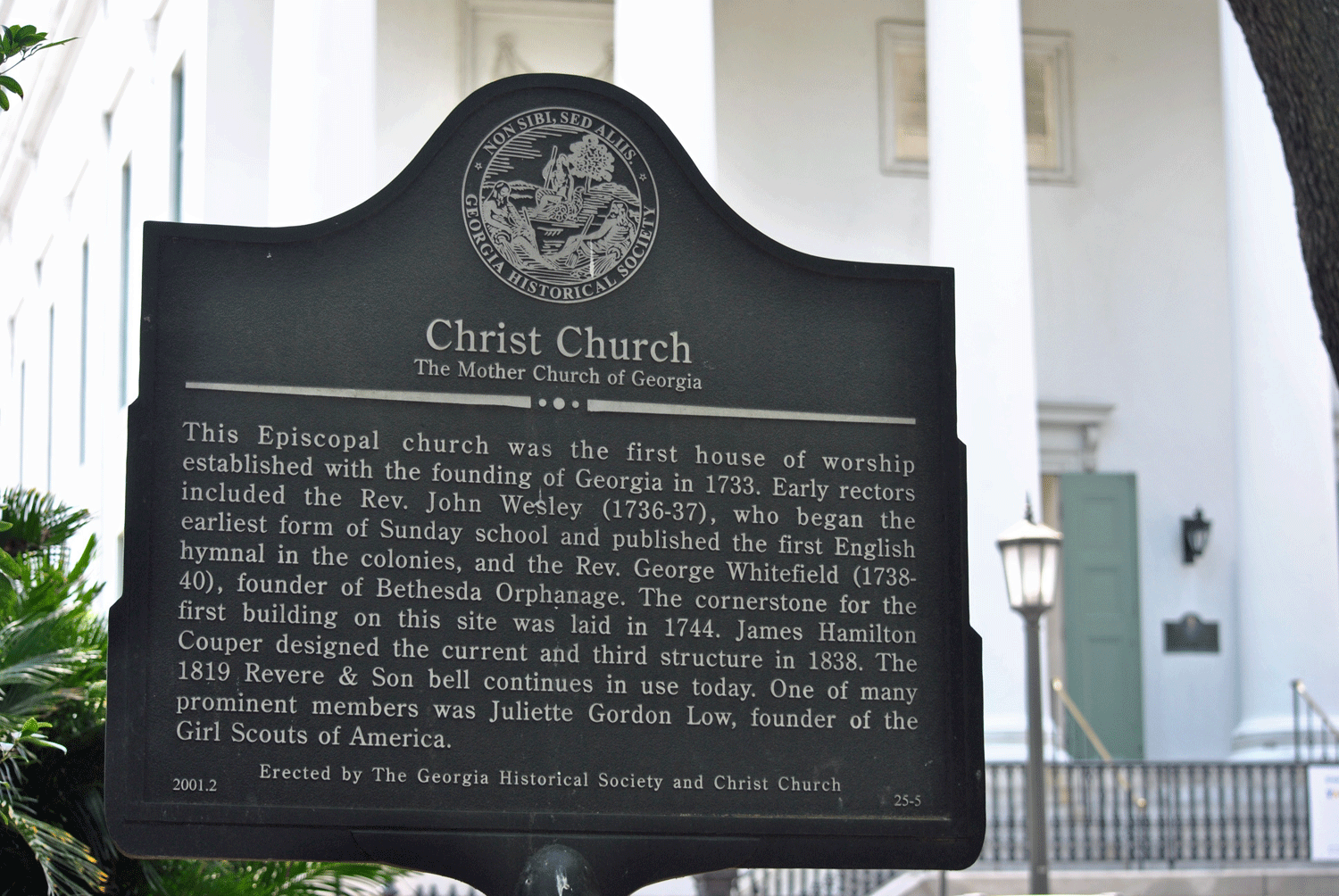Our History
Founded in 1733 as the first house of worship in the Georgia Colony, Christ Church
has long been known as “The Mother Church of Georgia.”
Christ Church was established in 1733 with the founding of the Georgia colony. It is the Mother Church of Georgia, and was the only organized community of worship. Early services were held in English, French, and Italian so all would feel welcome.
John Wesley was the rector of Christ Church from 1736–1737. During that time, he initiated the first Sunday School and published one of the first English hymnals in the colonies.
He was followed by George Whitefield who served until 1740. While here, he founded the Bethesda Orphan House and Academy, which is now known as Bethesda Academy and is the oldest home and school for boys in the U.S.
The bell in the north tower of the church was made by Revere and Son of Boston and was hung in 1819 and is still in use today.
The present Neo-Classical building was designed by James Hamilton Cooper and was erected in 1838. It is the third building on this site. The two bell towers are short and not visible from the front of the church in order to maintain the style of a Roman or Greek temple.
After a fire in 1897, the interior was redesigned to allow worshipers to see and hear all parts of the liturgy and participate fully. The stained glass Ascension Window is a memorial to Stephen Elliot, the first bishop of Georgia. The ceiling moldings are copies from those designed by Christopher Wren for St. Paul's Cathedral in London.
Notable members of the parish include Juliette Gordon Low, founder of the Girl Scouts, and Johnny Mercer, popular songwriter of the twentieth century.
Francis Bland Tucker, rector of Christ Church from 1945–1967, wrote or contributed to 26 hymns in the Episcopal hymnal.
Photos of Christ Church over the past 100 years

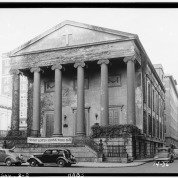
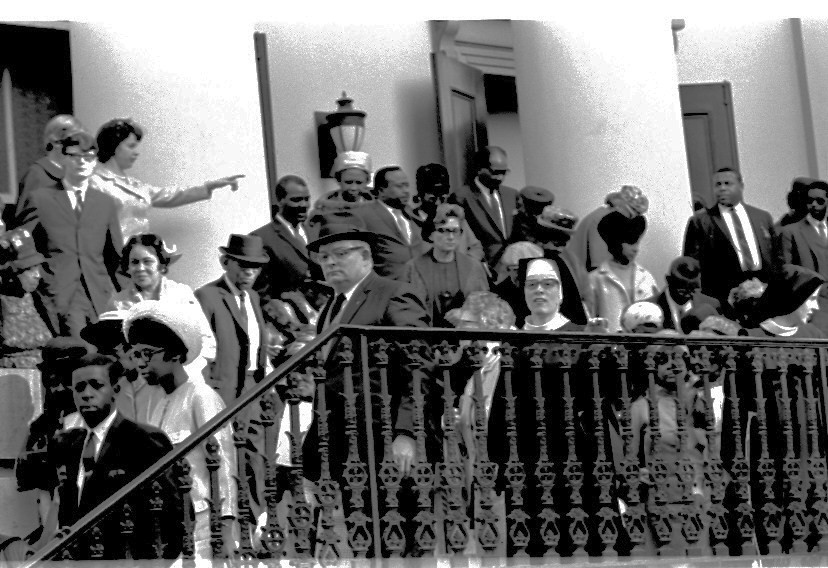
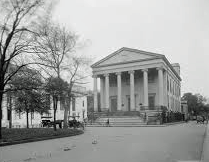
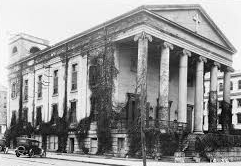
Timeline
Historic Christ Church Episcopal is a member of the Diocese of Georgia and The Episcopal Church. Significant dates for the church include:
1733 — On February 12, the Colony of Georgia and Christ Church, a mission of the Church of England under the ecclesiastical authority of the Bishop of London, are founded.
1736 — The Rev. John Wesley becomes the minister. While here, he starts America’s first Sunday School and publishes the first English hymnal for use in America.
1738 — The Rev. George Whitefield becomes the minister.
1740 — Mr. Whitefield lays the cornerstone for Bethesda Orphanage.
1744 — Cornerstone of the first Christ Church building is laid by Mr. Bosomworth.
1750 — The first church building is dedicated. Also, on July 7, a black woman is baptized at Christ Church. It is believed to be the first baptism of a black person in Savannah.
1758 — The cemetery, now known as Colonial Park, is vested in Christ Church.
1796 — The church building is burned in the great fire, which destroys most of the city.
1803 — The second church building is begun.
1804 — A great hurricane destroys the unfinished second building.
1815 — The second church building is consecrated.
1823 — The Diocese of Georgia is formed, and Christ Church is one of the three founding parishes.
1837 — The second church building is razed.
1840 — The third and present church building is consecrated.
1841 — The first Bishop of Georgia, The Rt. Rev. Stephen Elliott, is consecrated in Christ Church. In that same year Bishop Elliott divides the parish to create a new congregation. All families south of Oglethorpe Avenue will be members of the new parish to be known as “St. John’s.”
1908 — Frederick F. Reese is consecrated the fourth Bishop of Georgia.
1927 — Juliette Gordon Low, founder of the Girl Scouts of the USA, dies and is buried from Christ Church.
1964 — Henry I. Louttit, Jr., ninth Bishop of Georgia, is ordained to the Sacred Order of Priests at Christ Church by The Rt. Rev. Albert Rhett Stuart.
1968 — Memorial service held in memory of The Rev. Martin Luther King, Jr.
1969 — G. Paul Reeves is consecrated Bishop Coadjutor of Georgia.
1973 — The funeral of Albert Rhett Stuart, sixth Bishop of Georgia, is held on Holy Saturday. In that same year the Bishop of London attends the Sesquicentennial of the Diocese of Georgia and dedicates the new organ in Christ Church. Also, George M. Maxwell becomes the thirty-ninth Rector.
1976 — Johnny Mercer, America songwriter and winner of four Academy Awards, dies and is buried from Christ Church.
1980 — The Rev. Charles L. Hoskins, then Rector of St. Matthew’s Episcopal Church, Savannah, and author of Black Episcopalians in Georgia: Strife, Struggle and Salvation, baptizes 10 children at Christ Church on July 7 using the same rite of baptism from 1750.
1984 — Harry W. Shipps is consecrated Bishop Coadjutor of Georgia on the Feast of the Epiphany. Francis Bland Tucker, our thirty-seventh Rector, dies and is buried from Christ Church.
1985 — Susan W. Harrison is ordained to the Sacred Order of Deacons, the first woman to hold this position in the Diocese of Georgia, by The Rt. Rev. Harry W. Shipps.
1995 — Henry I. Louttit, Jr. is consecrated the ninth Bishop of Georgia in a service held at the Cathedral of St. John the Baptist. The Rev. George M. Maxwell is the preacher.
1998 — Roger K. Warlick, author of As Grain Once Scattered: The History of Christ Church, Savannah, Georgia, 1733–1983, dies and is buried from Christ Church.
2001 — Malcolm R. Maclean, Mayor of Savannah from 1960 to 1966 and former Diocesan Chancellor, dies and is buried from Christ Church.
2007 — On September 30, the rector, vestry, and several members of Christ Church vote to disaffiliate from the Episcopal Church and align with the Church of Uganda, but they refuse to relinquish the real and personal property of Christ Church. The Rt. Rev. Henry I. Louttit defrocks the rector and appoints The Rev. Canon H. Neal Phelps as the priest in charge for the remaining Episcopalians who must now worship at St. Michael and All Angel’s Episcopal Church on Washington Avenue. The Diocese of Georgia, the Episcopal Church, and Christ Church Episcopal file a lawsuit in the Superior Court of Chatham County to regain control of the Christ Church property.
2008 — Katharine Jefferts Schori, Presiding Bishop and Primate, The Episcopal Church, preaches and celebrates at Christ Church Episcopal (worshiping at St. Michael and All Angel’s Episcopal Church) on September 14, Holy Cross Day. Earlier in the year, on July 1, Michael S. White becomes Christ Church Episcopal’s forty-first Rector. The Rev. Stuart Kenworthy, rector of Christ Church, Georgetown, Washington, D.C., is the preacher.
2010 — On January 21, Scott Anson Benhase is consecrated the tenth Bishop of Georgia. The Most Rev. Katharine Jefferts Schori serves as the chief consecrator, and The Rev. Dr. Paul F. M. Zahl is the preacher.
2011 — On November 21, the Georgia Supreme Court rules 6–1 that all real and personal property of Christ Church is held in trust for the Episcopal Church and the Diocese of Georgia as provided for in the Constitution and Canons of the Church and the Diocese. On December 18, the Fourth Sunday of Advent, the Episcopalians hold their first service in Christ Church since being forced to leave on September 30, 2007.
2012 — On February 18, the Rev. Julia Sierra Wilkinson is ordained to the priesthood at Christ Church by the Rt. Rev. Scott Anson Benhase, the tenth Bishop of Georgia. The Rev. Wilkinson becomes the first woman and the first African-American priest in the history of the parish. On May 29, the President of the United States, Barack Obama, posthumously awards the presidential Medal of Freedom to Juliette Gordon Low to honor her founding the Girl Scouts in 1912. Dick Platt, “Daisy” Low’s great nephew and member of the parish, accepts the award on her behalf.
2020 — The Rt. Rev. Frank S. Logue is ordained and consecrated as the 11th bishop of the Diocese of Georgia on Saturday, May 30 at Christ Church. The Rt. Rev. Scott Anson Benhase, 10th bishop of Georgia served as the chief consecrator. He was joined by the Rt. Rev. Sean Rowe, bishop of Southwest Pennsylvania and Western New York, and the Rt. Rev. Robert Wright, bishop of Atlanta.
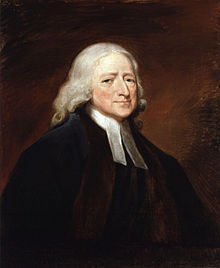


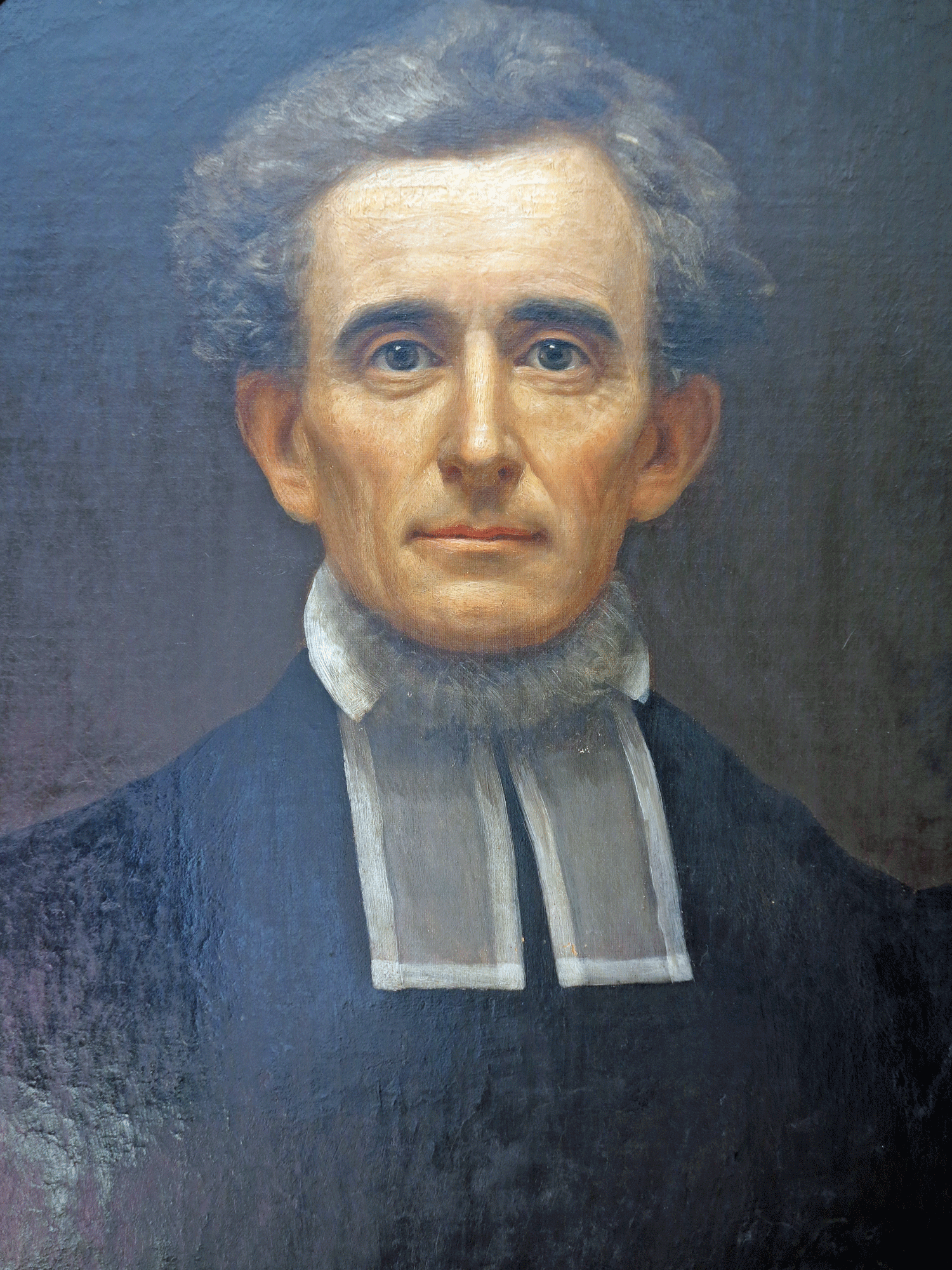

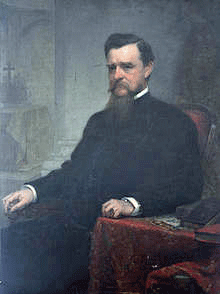
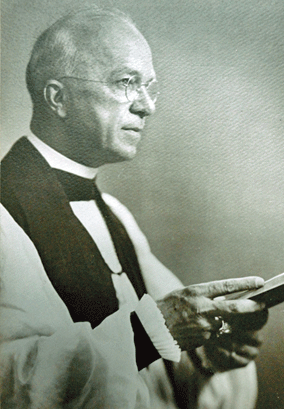
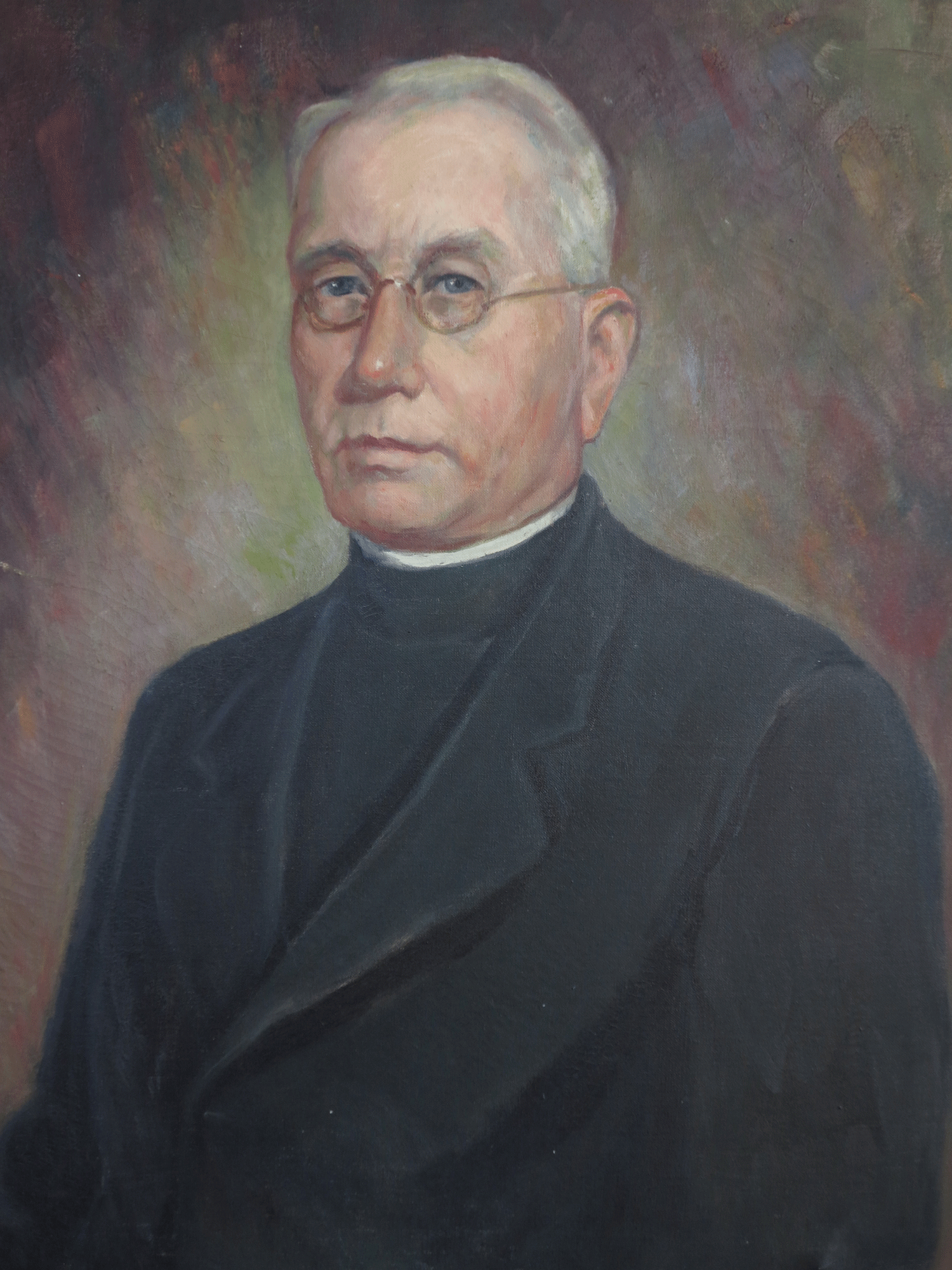

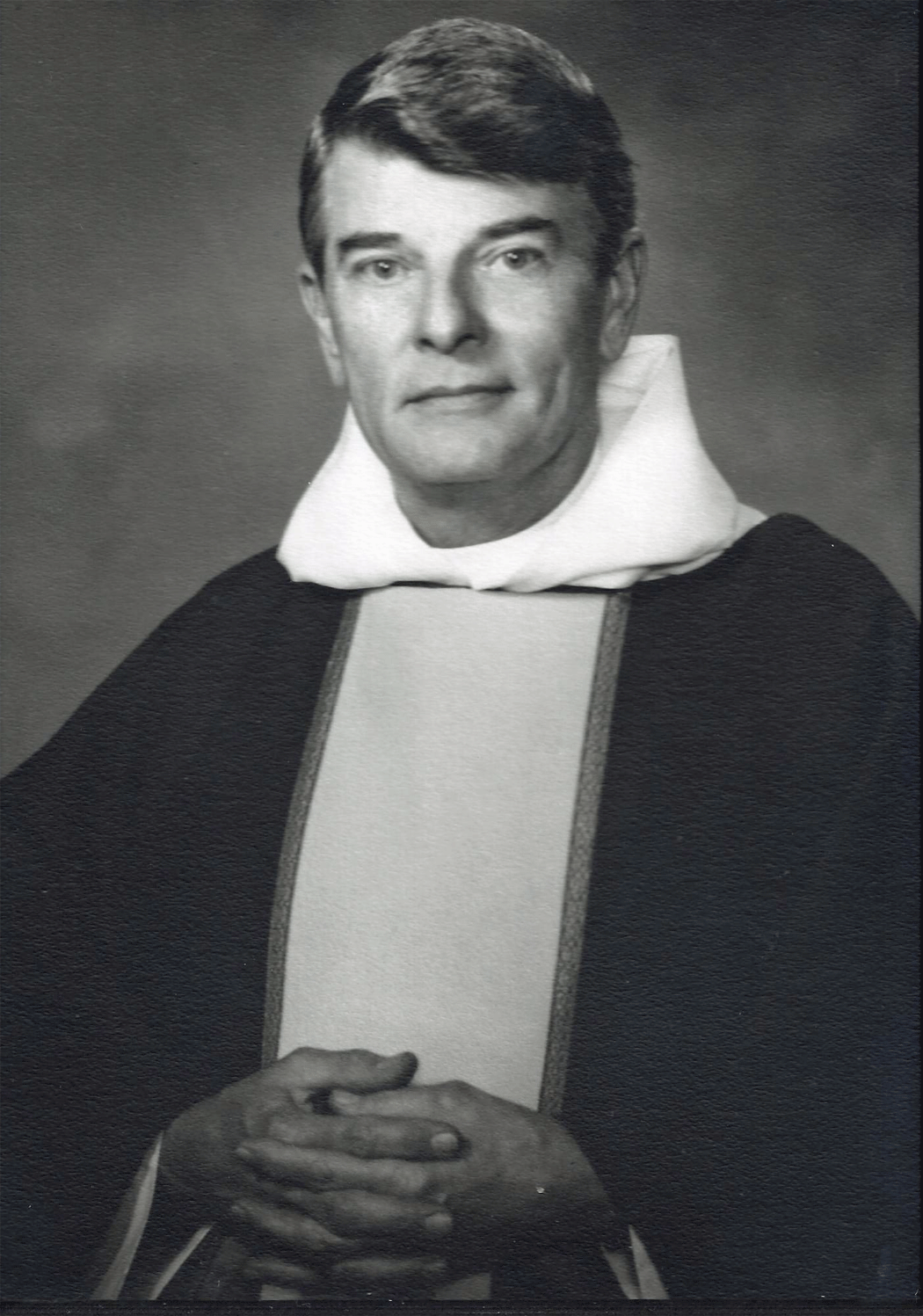
The Rectors
A comprehensive list of our forty-one rectors:
1733 — Henry Herbert
1733–35 — Samuel Quincy
1736–37 — John Wesley
1738, 1739–40 — George Whitefield
1738–39 — William Norris
1740 — William Metcalf (appointed, but died before leaving England)
1741–42 — Christopher Orton
1744–45 — Thomas Bosomworth
1745–66 — Bartholomew Zouberbuhler
1767–71 — Samuel Frink
1771–73 — Timothy Lowten
1773–75 — Haddon Smith
1776 — John Rennie
1779–80 — Edward Jenkins
1780–81 — James Brown
1781–82 — John Stuart
1783?–84 — John Holmes
1786–87 — William Nixon
1787–92 — Benjamin Lindsay
1793–95 — Edward Ellington
1804–07 — William Best
1810–14 — John Bartow
1815–22 — Walter Cranston
1822–27 — Abiel Carter
1827–51 — Edward Neufville
1851–52 — Abram Beech Carter
1852–59, 1861–66 — Stephen Elliott
1860 — L. P. Balch
1867–68 — Charles H. Coley (Bishop Elliott’s assistant 1861-1867)
1868–72 — John M. Mitchell
1873–74 — John W. Beckwith
1874–77 — George D.E. Mortimer
1877–88 — Thomas Boone
1889–1905 — Robb White
1906–14 — Francis Brown
1915–23 — John Durham Wing
1924–44 — David Cady Wright
1945–67 — Francis Bland Tucker
1967–73 — Warren E. Haynes
1973–90 — George M. Maxwell
1992–2006 — Marcus B. Robertson
2008–2024 — Michael S. White
Illustration from Savannah (American Guide Series, 1937), compiled and written by the Savannah Unit of the Federal Writers’ Project, Georgia Works Progress Administration. Artist not credited.
The archives of Christ Church are maintained at The Georgia Historical Society, 501 Whitaker Street, Savannah, GA 31401.

